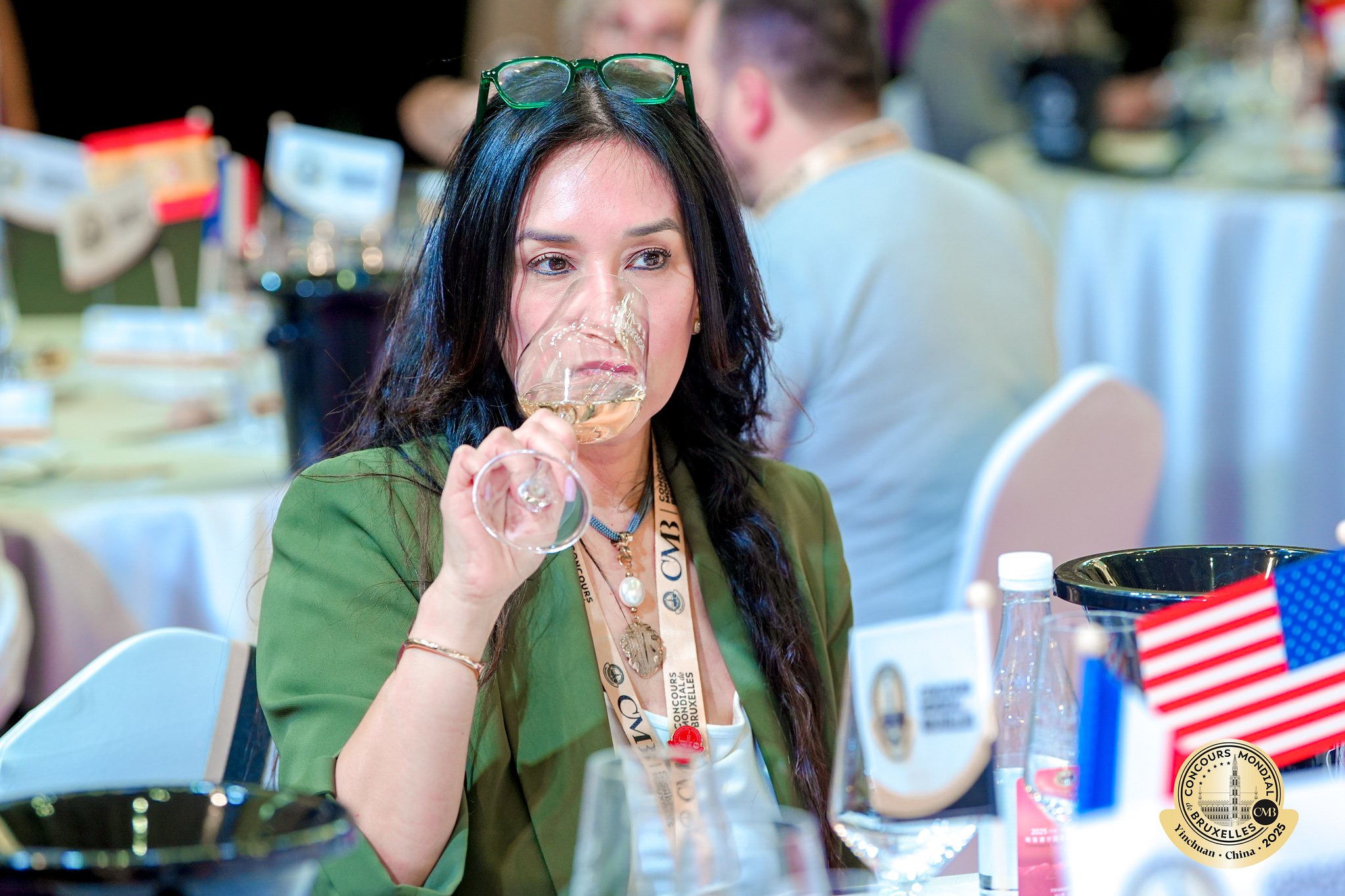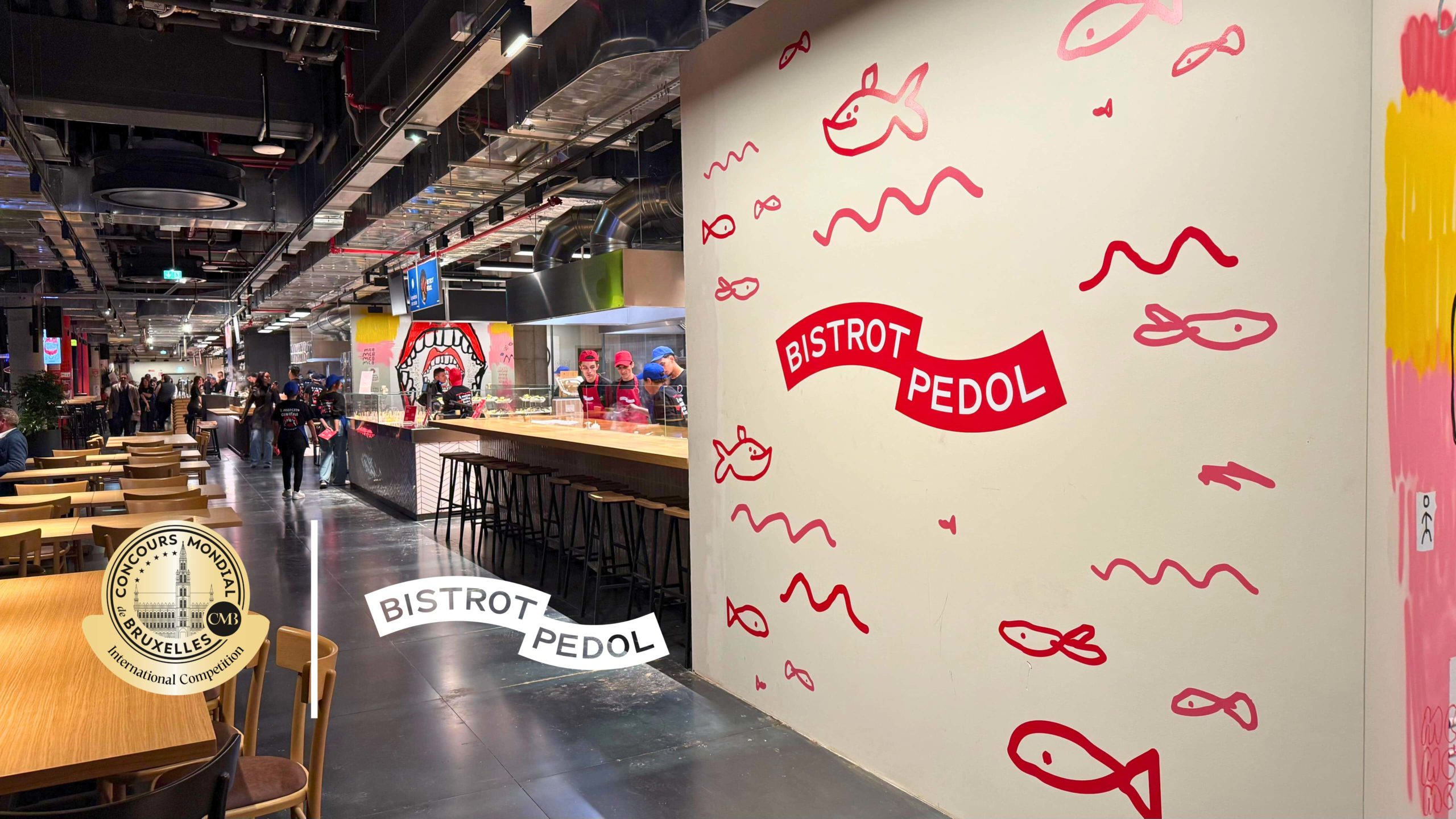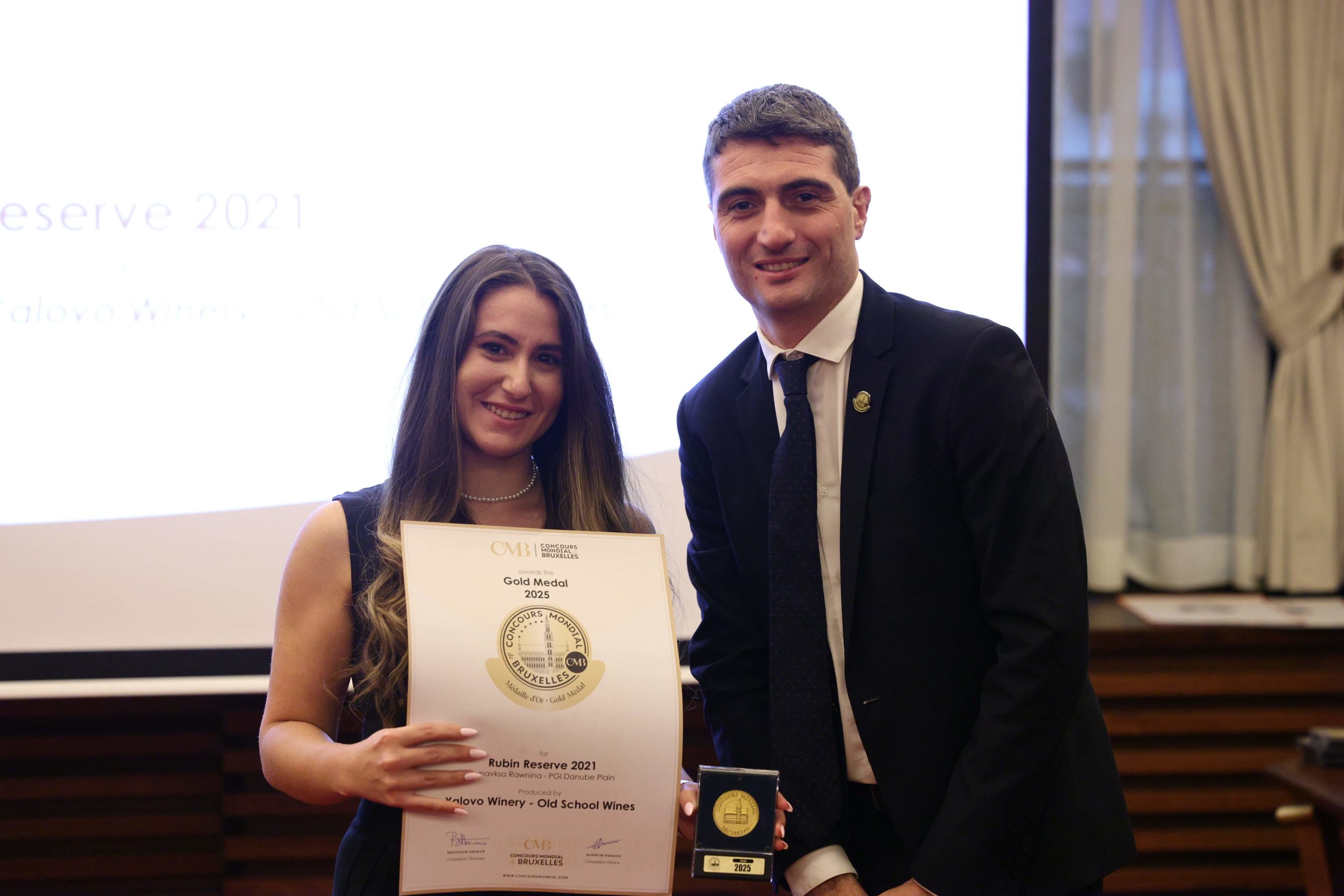Dobrogea: The wine born between the Danube and the Black Sea
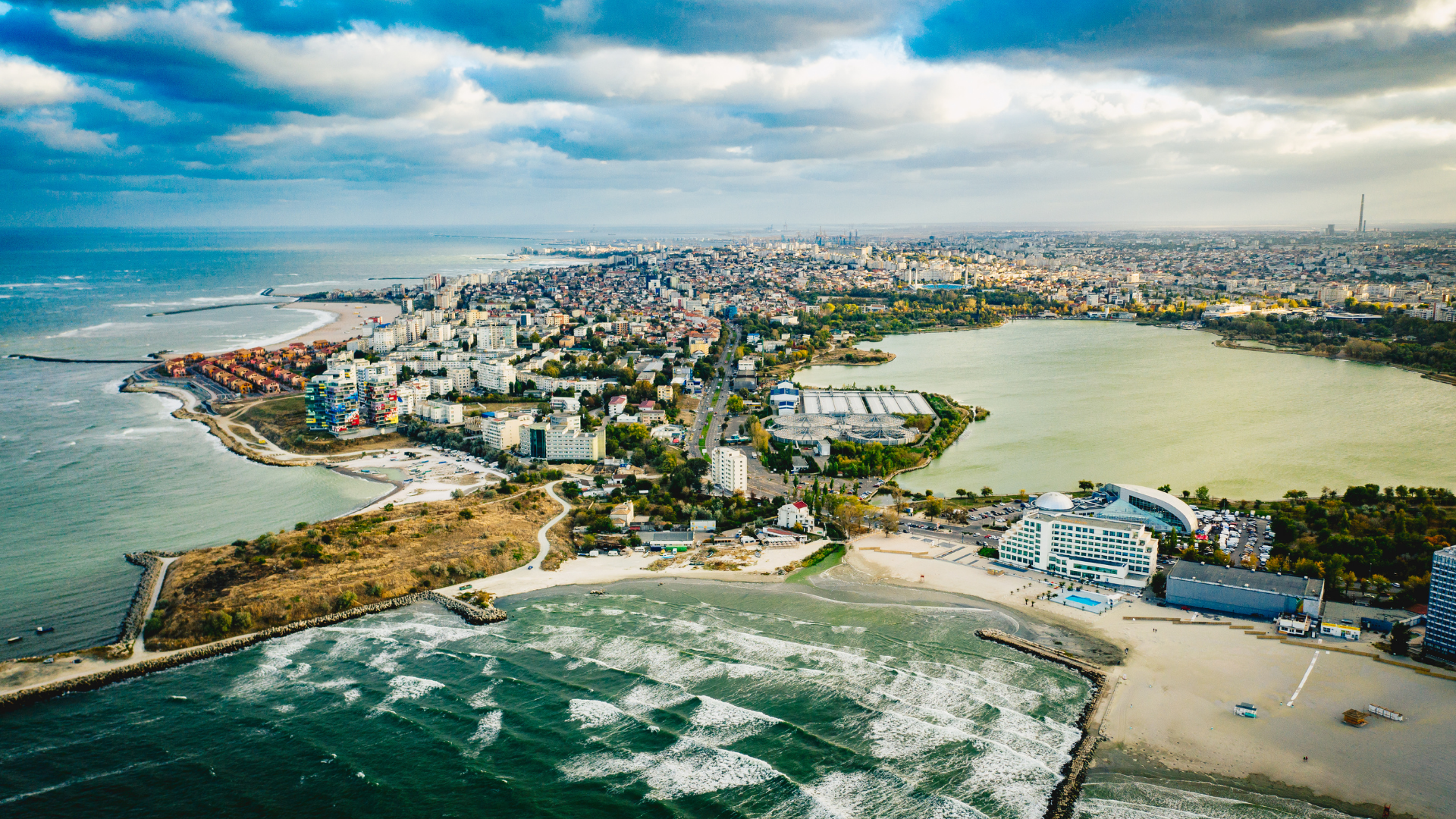
The wine region of Dobrogea, located on Romania’s Black Sea coast, has been selected by the Concours Mondial de Bruxelles to host the tasting session for rosé wines. The tastings will take place from 28 to 30 March in the town of Constanța.
Diversity is the word that best describes Dobrogea! This historic region of Romania is “home” to a mixed population that, for centuries, has been shaped by countless socio-cultural exchanges. Romanians, Greeks, Bulgarians, Cumans, Tatars, Turks, Russians, Ukrainians, Aromanians, Macedonians, Armenians, Italians, Germans, Jews, or Roma have all left their mark on this region. This diversity has been reflected in gastronomy, music, culture, and, of course, in Dobrogea’s wines.
Greek civilization, two empires, two world wars, and 50 years of communism
Dobrogea has a long history when it comes to viticulture. Historically, wine has been produced since the 8th century BC when Greek colonists laid the foundations of the first port cities on the shores of the Black Sea. These vineyards were used centuries later by the Roman Empire during its occupation of the region. Later, the area came under Ottoman rule from the 14th century until 1877. Despite the influence of Muslim culture, viticulture in Dobrogea managed to survive. Unfortunately, the political turmoil that followed and the arrival of phylloxera in the area led to the decline of the region’s vineyards. The outbreak of the two World Wars resulted in the destruction and abandonment of many wineries and vineyards.
Under the communist regime from 1944 to 1989, wine production in Dobrogea was heavily industrialized to maximize output. Many indigenous varieties were decimated in favor of higher-yielding varieties and hybrids for more consistent production and larger harvests.
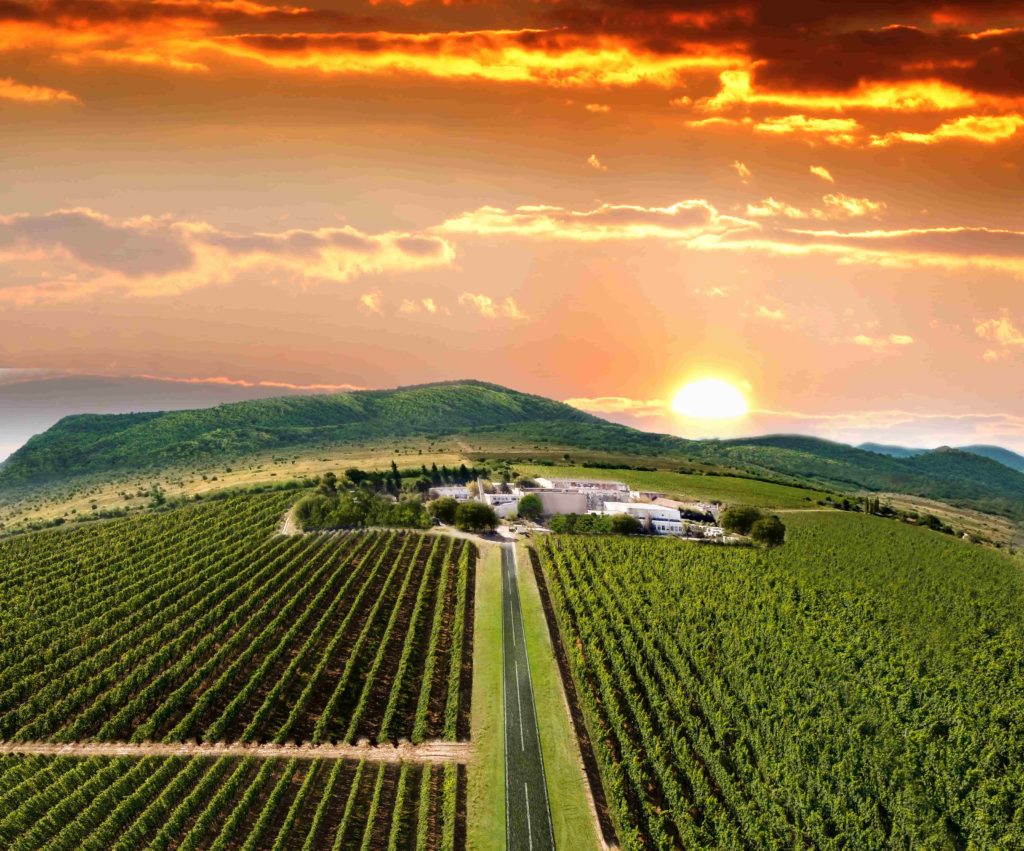
The “Revolution” after 1989
In the 20th century, Dobrogea became one of Romania’s most prolific wine regions, recognized for its diversity and the quality of its wines. Fortunately, Romania’s and Dobrogea’s long-standing winemaking tradition was revitalized after the return to democracy in 1989. A few years after the fall of communism, large state-owned viticultural centers were privatized, while small family wineries were also established. The last 15 years have represented a true “Revolution” for Dobrogea’s wine. Significant investments in capital and expertise were made to modernize and retool wineries and vinification units, resulting in improved wine quality and the production of wines that represent Dobrogea’s terroir. A significant role in the revival of Dobrogea’s viticulture was played by European Union funds, with the wine sector being the one with the highest fund absorption rate in Romania.
Between the Danube and the Black Sea
The Dobrogea region is located in southeastern Romania, between the Danube and the Black Sea, in the EU CII area, on the 44th parallel north. The average altitude is 71 meters. The annual sunshine period can exceed 300 days, while rainfall is very low, averaging 150-200 mm between April and October, often leading to drought. Winters in Dobrogea are moderate due to the proximity of the Black Sea, and the climate is warmer compared to other regions.
In Dobrogea, 16,948 hectares of vineyards (2017) are planted, spread across four distinct DOCs: Murfatlar (the largest Dobrogea wine region), Babadag, Adamclisi, and Sarica Niculițel. In the past, the region was known for sweet whites, especially from Chardonnay, but today winemaking is very diverse, ranging from dry whites and reds to sparkling and sweet wines. In the last 10 years, the rosé wine segment has grown rapidly in popularity in Dobrogea, being among the most popular in the country. The arid climate allows certain producers to work organically. The most important varieties planted here are Fetească Albă, Fetească Regală, Aligoté, Chardonnay, Muscat Ottonel, Pinot Gris, Băbească Neagră, Fetească Neagră, Pinot Noir, and Syrah.
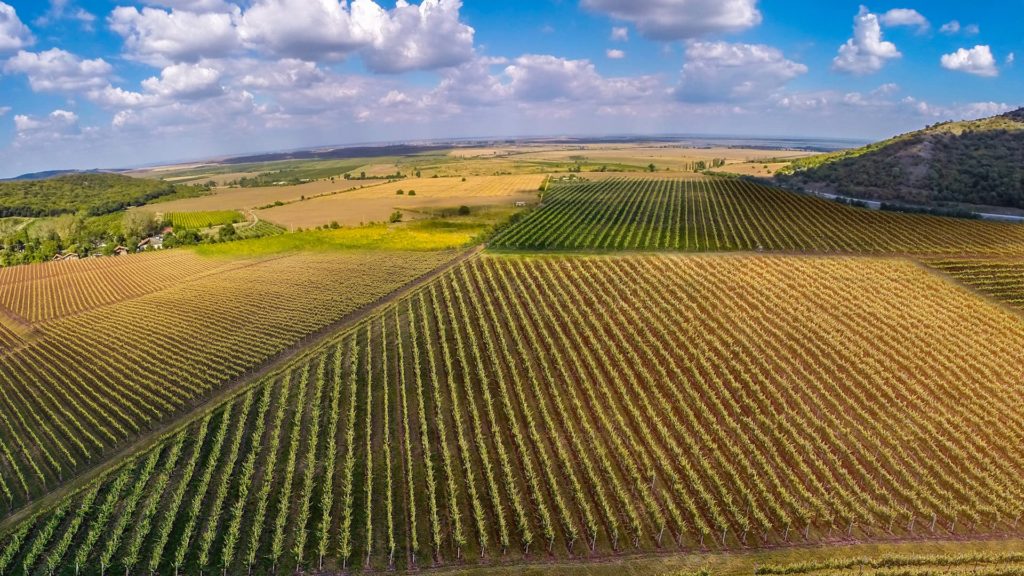
Wine Tourism, an important part of Dobrogea’s economy
Tourism plays a crucial role in the local economy, not only by attracting visitors from all over the world but also by contributing significantly to the region’s budget. In the northern part of the region, the main attraction is the Danube Delta, one of the largest natural reserves on Earth, which includes several national parks to protect its rich biosphere. In the southern part of the region, tourism focuses on the seaside area and coastal resorts. Seaside tourism represents a large market for Romanian wine, with a very high demand for white, rosé, and sparkling wines whose branding reflects the image of the Danube, the sea, and the specific consumption patterns of coastal areas. With an emphasis on wine consumption in clubs, at concerts, on the beach, and within the holiday market, many wineries invest in creating wine bars, restaurants, hotels, and concert venues to attract tourists.
Valentin Ceafalau
